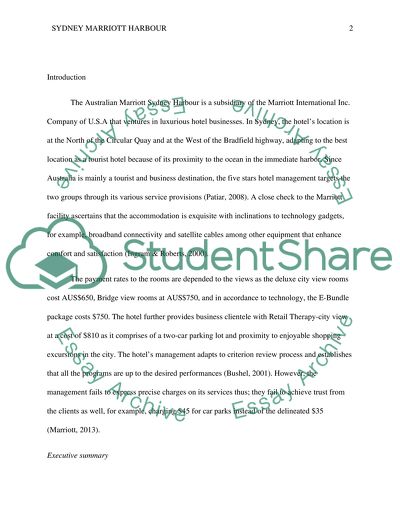Cite this document
(“Operational management in Hospitality and Tourism industry - Sydney Assignment”, n.d.)
Retrieved from https://studentshare.org/tourism/1404398-operational-management-in-hospitality-and-tourism
Retrieved from https://studentshare.org/tourism/1404398-operational-management-in-hospitality-and-tourism
(Operational Management in Hospitality and Tourism Industry - Sydney Assignment)
https://studentshare.org/tourism/1404398-operational-management-in-hospitality-and-tourism.
https://studentshare.org/tourism/1404398-operational-management-in-hospitality-and-tourism.
“Operational Management in Hospitality and Tourism Industry - Sydney Assignment”, n.d. https://studentshare.org/tourism/1404398-operational-management-in-hospitality-and-tourism.


